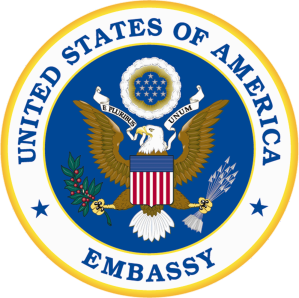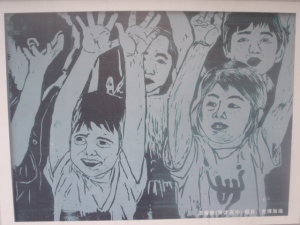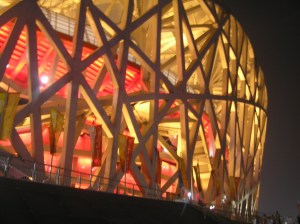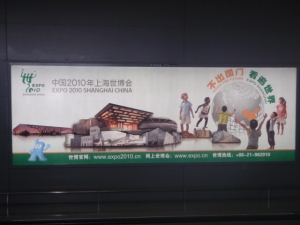In the wake of the tragic explosions that recently shook the Chinese coastal city of Tianjin, Beijing’s flagship publication the People’s Daily published an online commentary last week titled “China Needs to Learn from the West to Work with Media in Crisis” – the loose translation of a commentary originally published in Chinese. The piece attempts to provide an explanation for theunscheduled halting of a press conference by authorities moments after a reporter questioned why the doomed toxic chemical facility responsible for the explosions that have so far killed 135 people was located so close to homes.
China’s “press spokesperson” system, only 12 years old, the commentary tells us, is still in its infancy: spokespersons have mixed levels of competence, and the handling of press releases during emergencies “needs to be improved.” But that’s where the navel gazing ends. Using 9/11 and Hurricane Katrina as examples, the piece proceeds to explain how the handling of breaking news by Western countries “is worth learning.”
Where Western countries seem to get it right, continues the commentary, is that their media tends to report a situation initially as direr than what it actually is, with subsequent reports presenting “better than expected” outcomes. Conversely, Chinese media, it suggests, “always want to play down the disaster, with the motivation to not arouse panic, whereas in fact, with the death toll rising, the public’s fear and tension will be inevitably upgraded.”
Read on at the University of Southern California’s Center on Public Diplomacy blog site.





